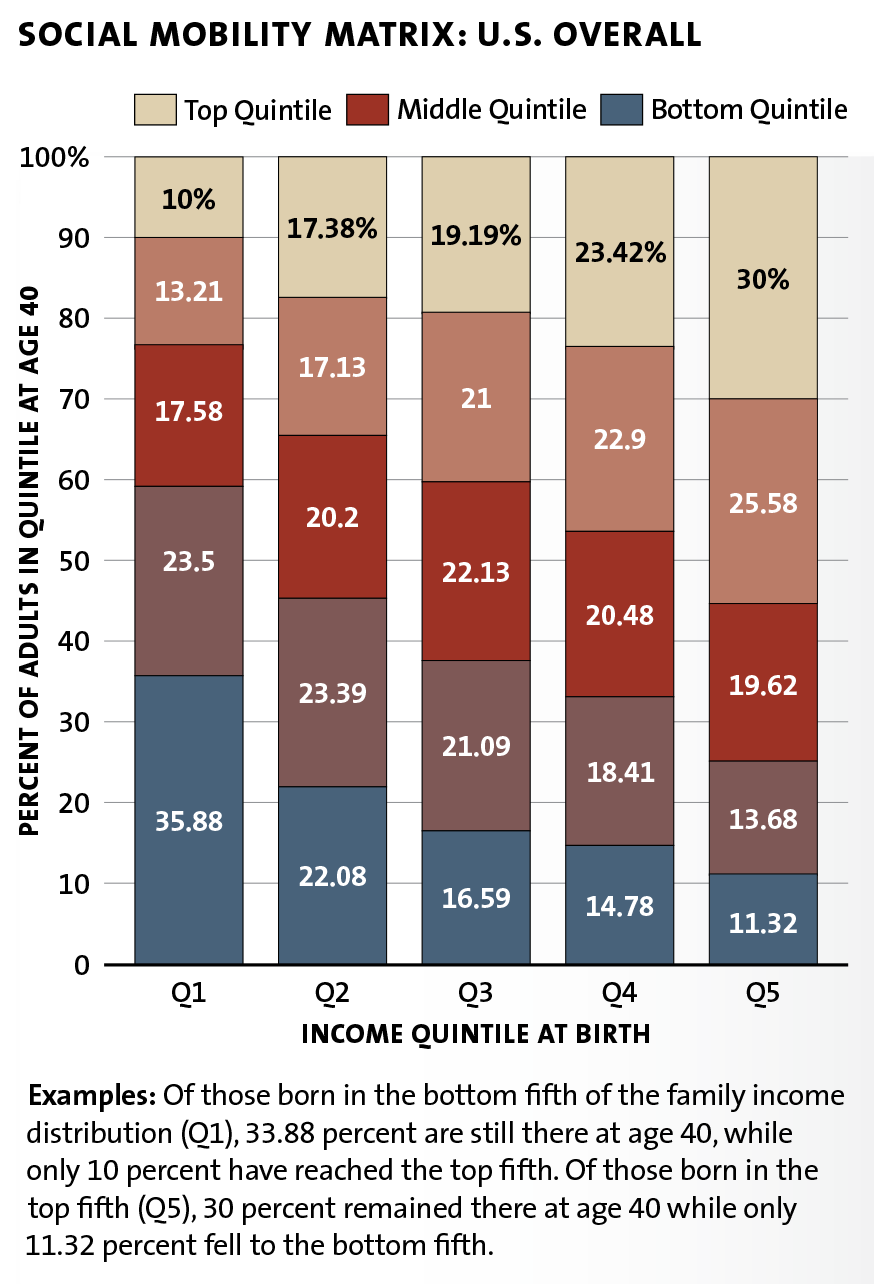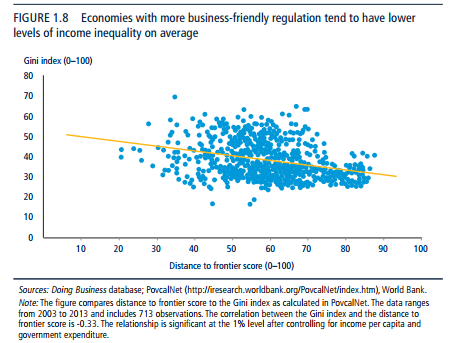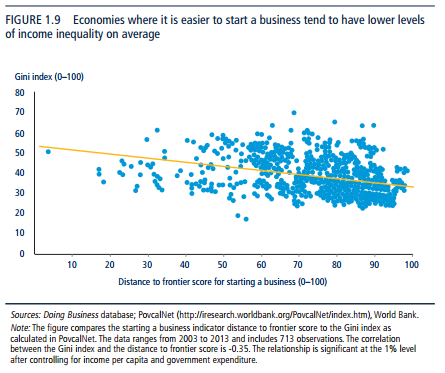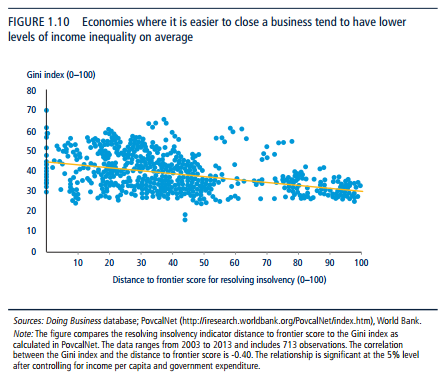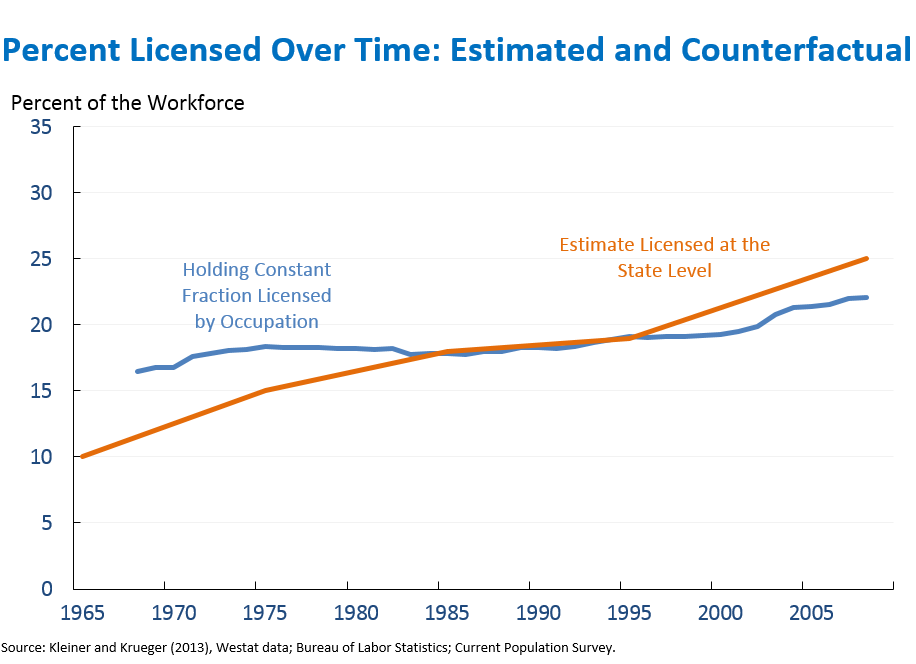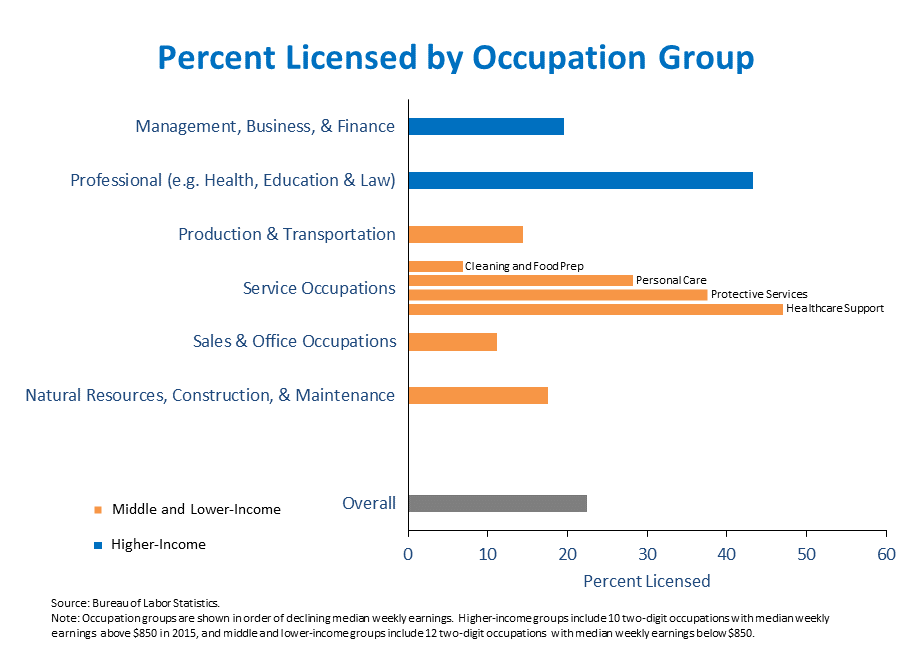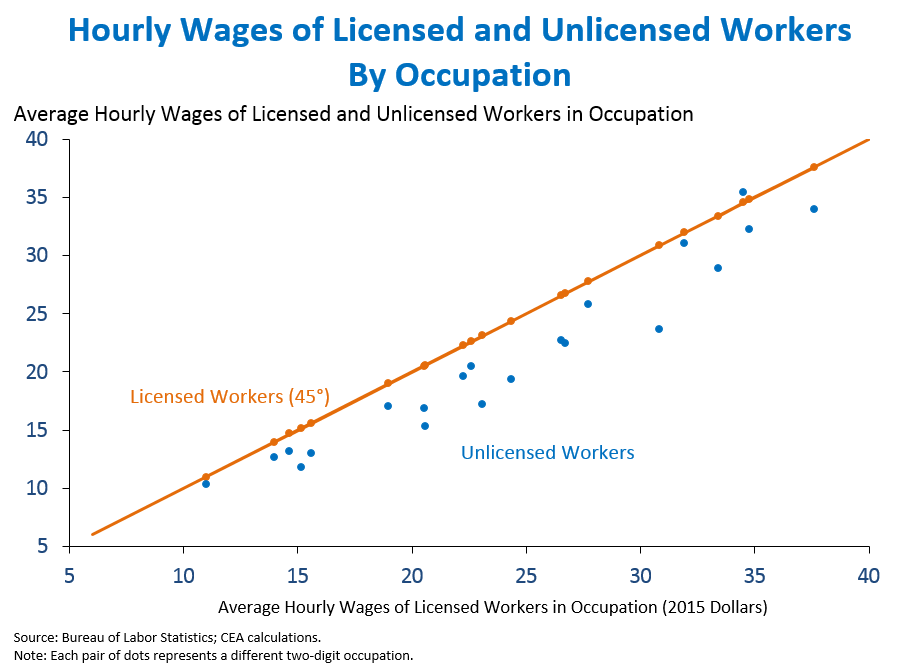
According to Brookings scholar Shadi Hamid, liberal democracies offer little meaning for many Muslims across the world. The Atlantic summarizes his view:
History will not necessarily favor the secular, liberal democracies of the West. Hamid does not believe all countries will inevitably follow a path from revolution to rational Enlightenment and non-theocratic government, nor should they. There are some basic arguments for this: Islam is growing, and in some majority-Muslim nations, huge numbers of citizens believe Islamic law should be upheld by the state. But Hamid also thinks there’s something lacking in Western democracies, that there’s a sense of overarching meaninglessness in political and cultural life in these countries that can help explain why a young Muslim who grew up in the U.K. might feel drawn to martyrdom, for example. This is not a dismissal of democracy, nor does it comprehensively explain the phenomenon of jihadism. Rather, it’s a note of skepticism about the promise of secular democracy—and the wisdom of pushing that model on other cultures and regions.
Most Islamists—people who, in his words, “believe Islam or Islamic law should play a central role in political life”—are not terrorists.[ref]See my post on Who Speaks for Islam?[/ref] But the meaning they find in religion, Hamid said, helps explain their vision of governance, and it’s one that can seem incomprehensible to people who live in liberal democracies.
The article continues with an interview with Hamid, which offers some interesting points not only about Islam, but about the relation between religion and politics generally:
I am arguing that Islam is exceptional. I think there’s a general discomfort among American liberals about the idea that people don’t ultimately want the same things, that there isn’t this linear trajectory that all peoples and cultures follow: Reformation, then Enlightenment, then secularization, then liberal democracy.
Where I would very much part ways with those on the far right who are skeptical about Islam is that I don’t think it’s necessarily a bad thing for Islam to play an outsized role in public life.
…There are many of us here in the U.S. who are skeptical [of theology in government], but ultimately I think it’s up to the people of the region to decide what’s best for themselves through a democratic process that would play out over time.
I see very little reason to think secularism is going to win out in the war of ideas. But the question is: Why would it in the first place? Why would that even be our starting presumption as American observers? It’s presumptuous and patronizing to think a different religion is going to follow the same basic trajectory as Christianity.
Hamid touches on Malaysia and Indonesia, two countries which are often ignored because “they’re not very central to U.S. national-security interests”:
Those two countries are often described as models of pluralism, tolerance, and relative democracy. But there are actually more sharia bylaws on the local level in those two countries than you see in much of the Arab world, including Tunisia, Egypt, Lebanon, and certainly Turkey, in the broader region.
That tells us something: It’s not just an Arab problem. It’s not just a Middle Eastern problem. What I do think is quite different is that Malaysia and Indonesia have come to terms with this reality. [Islam] doesn’t have the same kind of polarizing effect on the body politic [in those countries] as it does in the Arab world, because those two countries have reached a conservative consensus, where people say, “Yes, Islam does play an outsize role in public life, but we’re going to agree to adjudicate our differences through a democratic process, or at least not through violence.”
Unfortunately, too many Westerners refuse to take the metaphysical and spiritual claims of Islam (and religion in general) seriously:
As political scientists, when we try to understand why someone joins an Islamist party, we tend to think of it as, “Is this person interested in power or community or belonging?” But sometimes it’s even simpler than that. It [can be] about a desire for eternal salvation. It’s about a desire to enter paradise. In the bastions of Northeastern, liberal, elite thought, that sounds bizarre. Political scientists don’t use that kind of language because, first of all, how do you measure that? But I think we should take seriously what people say they believe in…There’s a desire for a politics of substantive meaning. At the end of the day, people want more than economic tinkering.
I think classical liberalism makes a lot of sense intellectually. But it doesn’t necessarily fill the gap that many people in Europe and the U.S. seem to have in their own lives, whether that means [they] resort to ideology, religion, xenophobia, nationalism, populism, exclusionary politics, or anti-immigrant politics. All of these things give voters a sense that there is something greater.
What about the supposedly inherent violence within Islam?
A question I get a lot is, “Wait, ok, is Islam violent? Does the Quran endorse violence?”[ref]This is one way we help perpetuate the myth of Islam vs. the West.[/ref] I find this to be a very weird question. Of course there is violence in the Quran. Muhammad was a state builder, and to build a state you need to capture territory. The only way to capture territory is to wrest it from the control of others, and that requires violence. This isn’t about Islam or the Prophet Muhammad; state building has historically always been a violent process.
…ISIS has gone well beyond the al-Qaeda model of terrorism and destruction…ISIS one of the most successful Islamist state-building groups. And that’s what makes it scary and frightening as an organization: They have offered a counter model. They’ve shown that capturing and holding territory is actually an objective worth striving for. An overwhelming majority of Muslims dislike ISIS and oppose them. But ISIS has changed the terms of the debate, because other Islamist groups in recent decades have not been able to govern. They have not been able to build states, and ISIS has.
One of his final thoughts is probably one of the most important:
Islamism is a very modern thing. It was inconceivable four centuries ago. In the pre-modern era [in the Islamic world], Islam imbued every aspect of public and political life. It was the unquestioned overarching legal and moral culture in these territories. With the advent of secularism as a competing idea, or ideology, for the first time Muslims have to ask themselves these kinds of questions of who they are and what their relationship to the state is. So, in that sense, Islamism only makes sense in opposition to something else that isn’t Islamism, i.e., secularism.
If I had to sum up mainstream Islamism in a sentence, I would say it’s the attempt to reconcile pre-modern Islamic law with the modern nation-state. But the problem is that Islamic law wasn’t designed for the modern nation-state. It was designed for the pre-modern era. So the question then is, “How do you take something that wasn’t meant for the modern era and adapt it to the modern era—the era of nation-states?” That is the conundrum that Islamist movements are facing.
An insightful, fascinating read.


